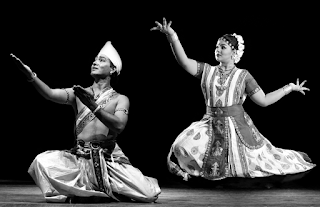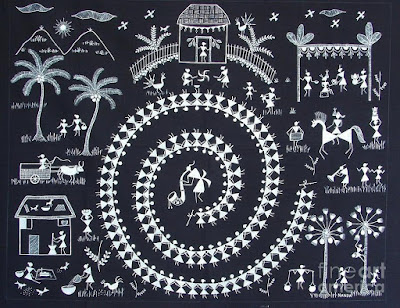SATTRIYA: A connoisseur of dance
Sattriya
is one of the most popular classical dance traditions of India which has
its emergence from a five hundred year old extensive Lord Krishna centered
theatre disciplined in the Vaisnav
Monasteries of northeast state of Assam.
This whole affair is based on the
stories of mythological deities of Hindu religion such as Krishna and Radha as
well as Vishnu avatars such Rama and
Sita.
This is a versatile evolving
art that supplemented to the official
classical dances of India in 2000 by
Sangeet Natak Akademi
and is performed by the artists worldwide.
The female artist wears ghuri and
chadar made of pat, a silk from the mulberry plant whereas the male artist
wears dhoti and chadar. Kanchi and Kingini,
a waist cloth is adorned by both, male and female artists.
Sattriya, an art from Assam is based
on the age-old treasure work on the performing arts, well known as NATYA SHASTRA, written by Bharata Muni who is considered as the ‘father of Indian theatrical dance forms’.
The modern form of this devotional
art is attributed to 15 the century Shankaradev,
a poet and social-religious reformer, credited for devising new forms for
cultural music and dance. This exquisite dance is synthesis of
expression, hand gesture called as Mudras, acting techniques, rhythmic
movements and steps, footwork called as padas, postures and bhavas etc. A few of vital elements of Sattriya is
closely related to the Manpuri dance
of adjacent state Manipur.
The dance harmonizes two styles, one
masculine and another feminine. The
masculine form is known as Paurashik
Bhangi that is performed vigorously with jumps whereas the feminine form is
acknowledged as Stri Bhangi and Lasya which is performed with
tenderness and elegance.
Sattriya Abhinaya is a dance of
delicacy, compassion and devotion. The stage shows of Sattriya are noted as Ankiya Naat.




Comments
Post a Comment